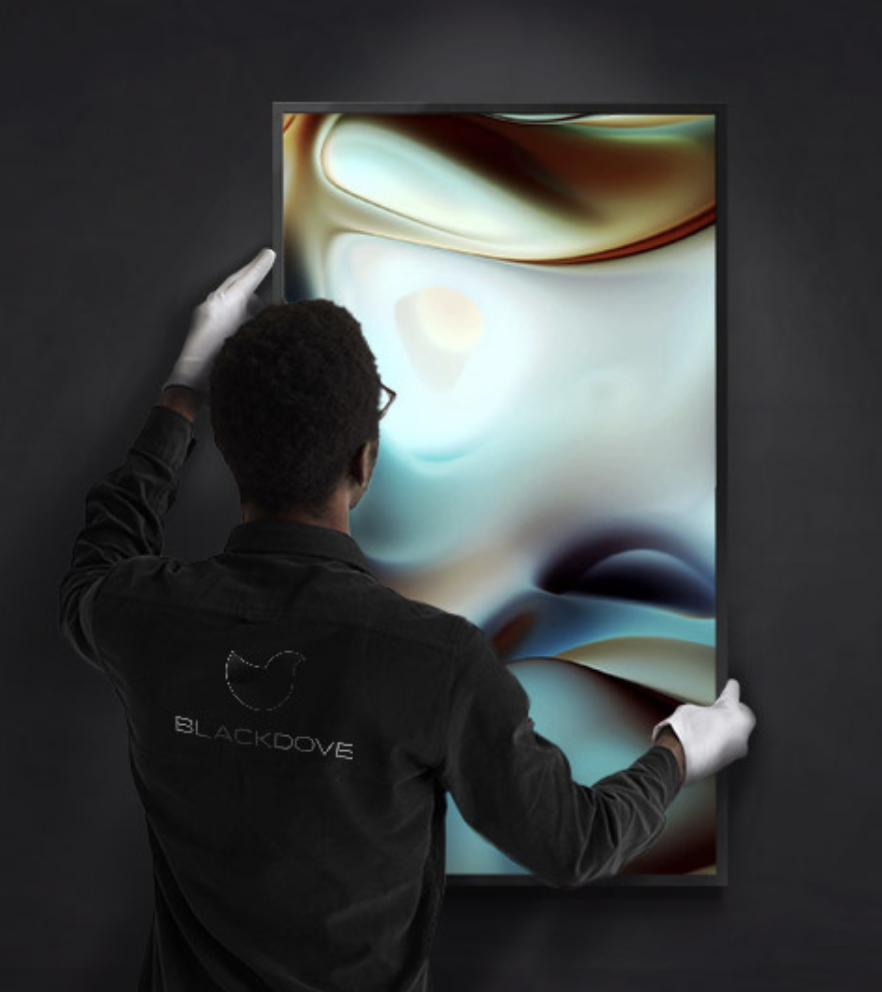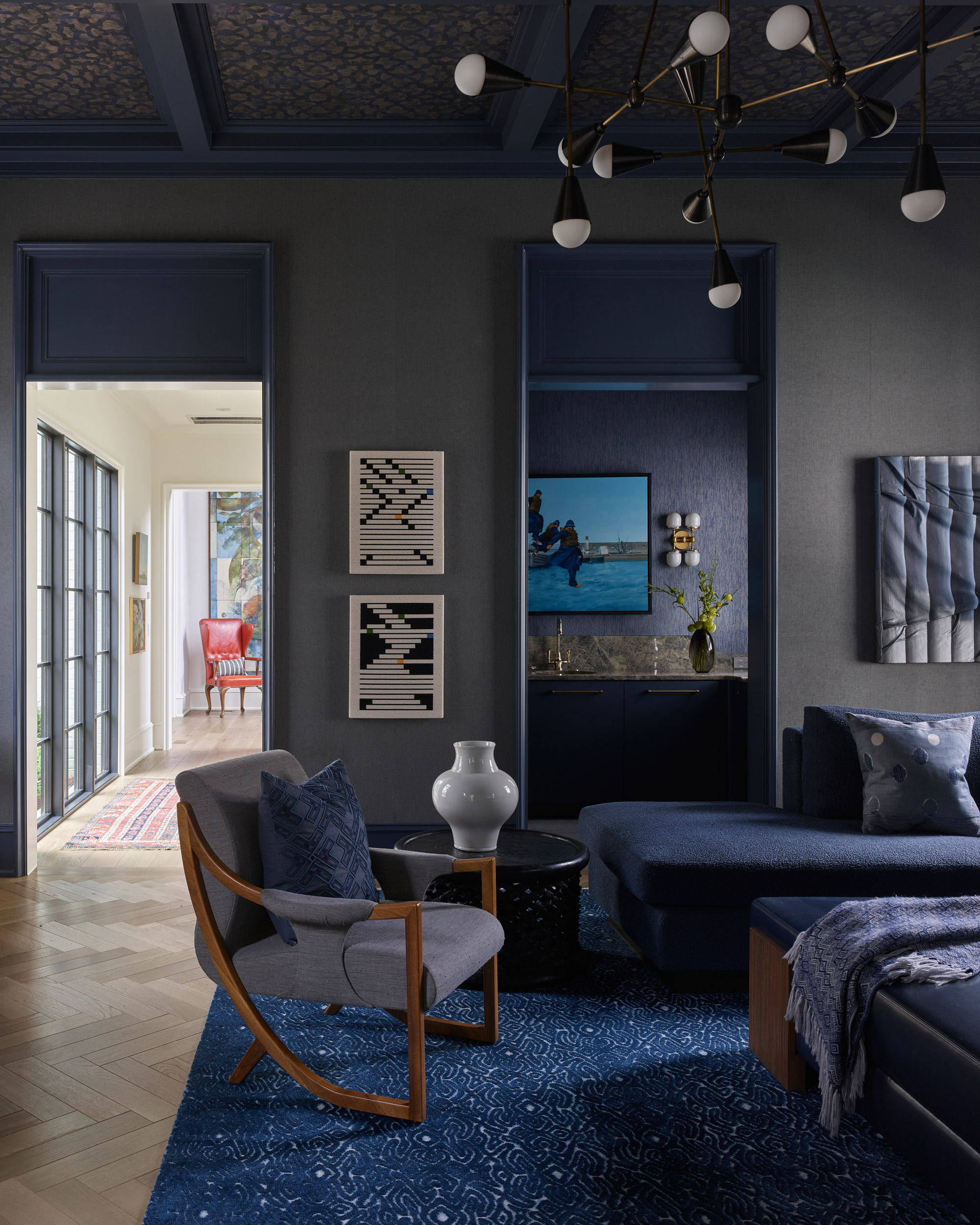
Design Inspiration: Trend Forecast
With the year coming to a close, our design team has their eyes on the future as always. Now that the pandemic feels less like a temporary blip and more of a long-term reality, we see our clients re-evaluating where—and how—they choose to spend their time. A big part of that reassessment involves the concept of “home”: how they see it and how it needs to evolve with their also-evolving lifestyles. With that in mind, Martin and Shea have identified a handful of trends to expect in 2022.

For starters, art TVs such as Blackdove are suddenly everywhere. These digital canvases mimic framed artwork, enabling designers to exhibit striking limited-edition NFTs to match the mood or décor. They also put an end to an age-old dilemma that every designer faces. “I can’t tell you how many times we’ve had to answer the question, “What do we do with the TV?” says Shea. “Finally, there’s a solution we can feel really good about.” Art TVs serve as a sleek backdrop for evolving images—and turn a former design eyesore into an asset.
While home automation is hardly a new innovation, it has become so easy that it’s about to hit the mainstream. A “Smart Home” now means more than simply an Alexa in the kitchen; it’s an entire wireless ecosystem that enables inhabitants to regulate nearly every aspect of their homes, whether it be lights, locks, thermostat, music, or even the toaster. “Through voice commands or the simple push of a button, clients are able save time, energy, and resources,” says Martin. “This is cutting-edge artificial intelligence, put to good use.”
More clients are open to non-standard materials and unique finishes in their home design. For example, furniture made with illuminated resin, which glows from within, casts a sleek hue, and never needs refinishing; coffee tables topped with borosilicate, a durable glass formerly used in chemistry labs that is less likely to crack than typical soda-lime glass; and walls covered with nontraditional fabrics such as suede, cow skin, or 3-D embossed plant fibers.

Families are finding their children to be more housebound than in previous generations. The result is ever-larger spaces for kids to pursue their interests. This could mean an art studio, a basketball court, or a ballet studio. “Kids need room to spread out and burn off some energy,” says Shea. “Anything that allows them to be themselves without the worries of the outside world.”

When Covid rendered gym memberships problematic, workout hounds scrambled to come up with creative ways to get their exercise fix. Enter the rise of home gyms: Peloton, NordicTrack, and various other home exercise companies are capitalizing on people’s desire to control workouts and their own environment. And of course there is the convenience factor. “Who needs a gym membership when you can jump on a Peloton while bingeing Netflix in your home?” says Martin.
Finally – and it may come as no surprise – we’ve noticed a pronounced uptick in the desire for bright spaces. With the world’s current uncertainty, the inherent chic of dark, moody atmospheres has given way to designs that make the most of natural light. Think floor-to-ceiling windows, French doors, and calming color palettes. “I love a cozy wine cellar as much as the next person,” says Shea. “But right now, people need to feel a connection to the outside world.”





